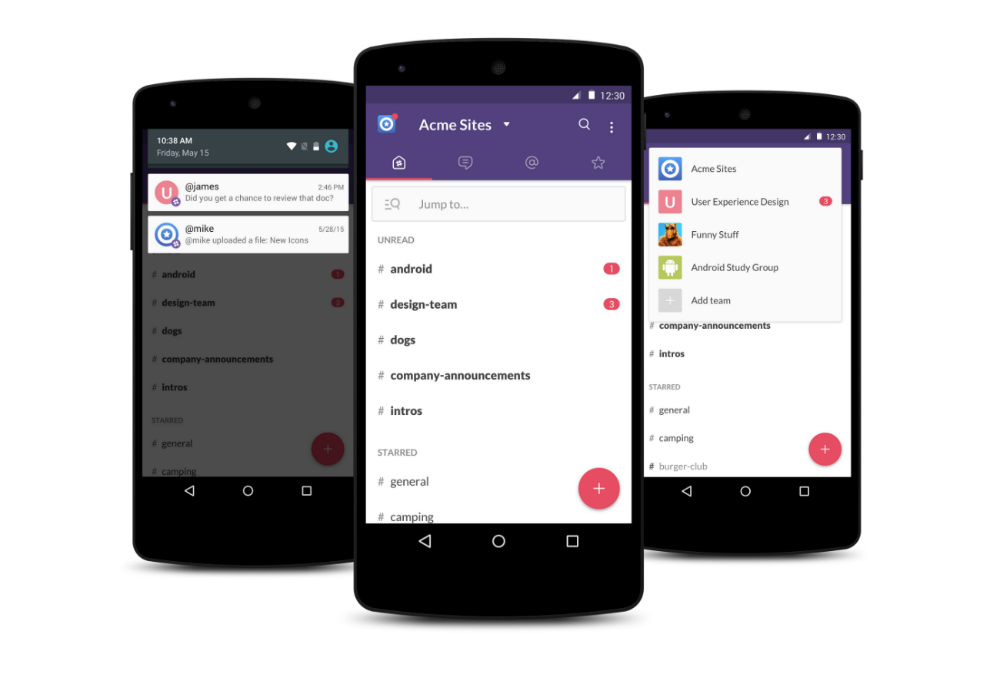
Click Generate Token and Scopes, add a name for your app token, and click Add Scope. On your app’s page on /apps, under the main Basic Information page, scroll down to App-Level Tokens.

Once you’ve created an app, you will need to generate an App Token. Setting up your Node.js application for Socket Mode development is fast and easy with the package. This tutorial will cover how to set up your app using either approach.

This requires a few additional steps to set up, but may be more resilient to network disruptions than communication via Socket Mode. Expose your app using a public-facing URL that Slack will send HTTP requests to. It is also important to remember that Socket Mode is more prone to network faults because the connection is a long-lived one. However apps cannot use Socket Mode and also be listed in the App Directory. This is our recommended approach when getting started in local development because of its convenience. Connect to Slack using a direct and long-lived socket connection. Your app can communicate with Slack using one of two methods: Head over to our Bolt JS Getting Started Guide’s section “Tokens and installing apps” for the latest up-to-date information on what tokens are, the different kinds of tokens available, how to create them on /apps, how to install your app to a live Slack workspace and finally how to retrieve your access token. Head over to our Bolt JS Getting Started Guide’s section “Create an App” for the latest up-to-date instructions on how to create a new app on /apps. Add Request URL to your app configuration.Using a local Request URL for development.




 0 kommentar(er)
0 kommentar(er)
